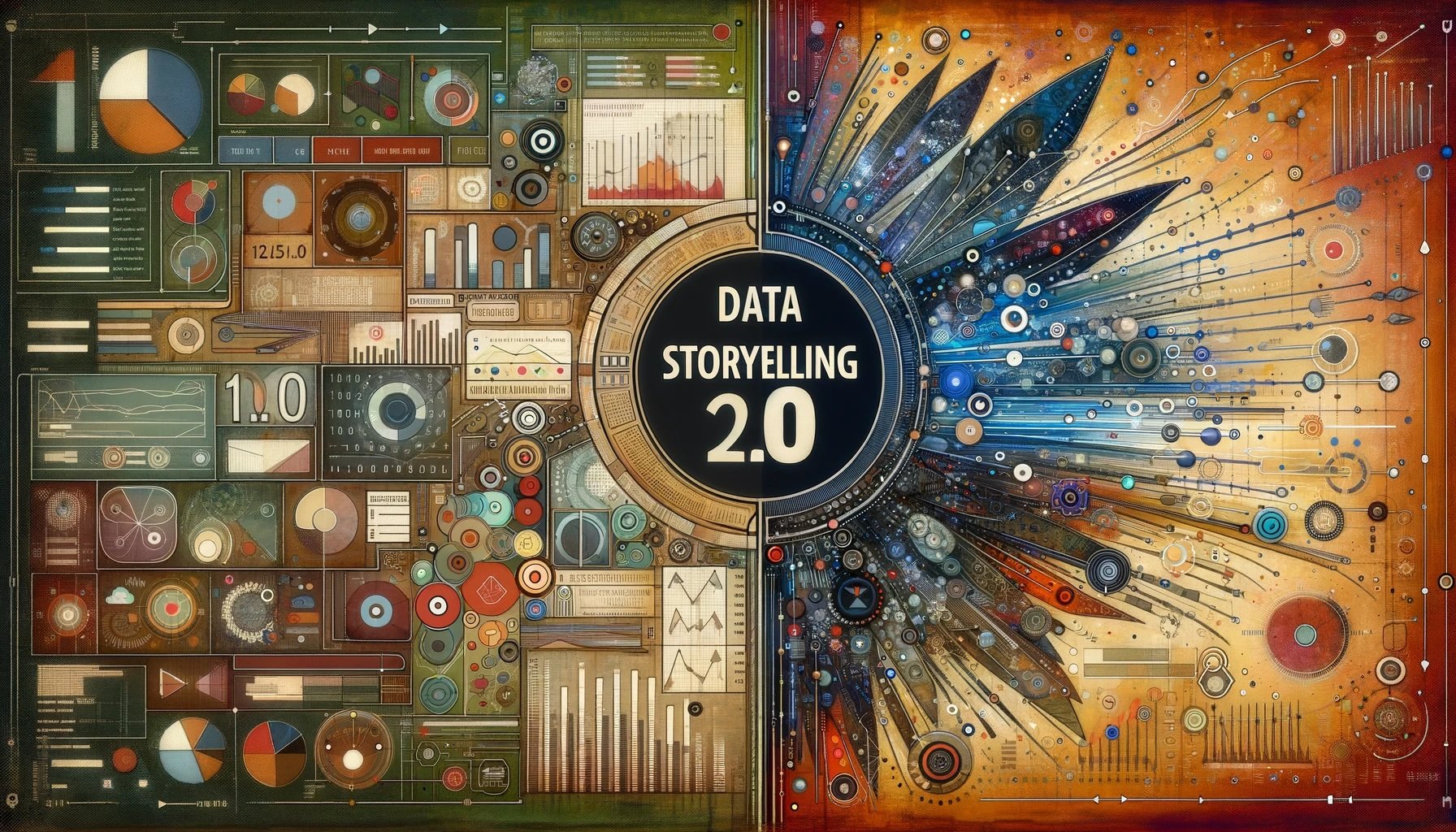Low user adoption for data solutions is the problem that won’t go away. It is the…
…sticky-wicket of Cricket
…‘Transformers’ of Sci-Fi movies
…barnacle of boats
…‘Two and a Half Men’ of TV
The data and analytics industry has struggled for decades to get more people in organizations to use the data. Re-labeling it “data democratization” didn’t fix it. The advent of visual analytics didn’t do it. Low adoption is the “last mile” problem that we’ve been talking about for 15 years. The checklist looks like this:
✅Invest in data tooling
✅Gather and consolidate data
✅Build models
😩 Use data for everyday decision-making
That’s why you see statistics like: 67% of workers have access to analytics tools. Only 26% of those people are using them.
In my experience, those 74% of non-adopters live in a world of limitations that is not fully appreciated. The non-adopters are not the data analysts who work with data as a core element of their role. They are the managers, consultants, marketers, salespeople, and front-line decision-makers. They already have a full-time job, and acting as a data analyst isn’t it. Working with data needs to fit into the cracks — not transform how they work. They have limited time and limited attention for data.
Meanwhile, the analytics vendors have been moving in a different direction. They are eager to add more features. And why not? Their users — the 26% of adopters — demand it. They want more integrations, more ML/AI, more ability to tweak and configure and manipulate across their tsunami of data.
Check out the update from Tableau. “It has a number of highlights that everyone is going to love.”
Everyone will love it if they are already on board. But this is what we hear when we talk to the 74% who haven’t adopted these increasingly complex analytical tools like this:
I don’t have time to learn a new tool
“This looks easy to use. Can you just do it for me?”
“I’d rather stick to things that I’m comfortable with, like Excel and PowerPoint”
I don’t have time to put together a great presentation
“I spend all my time gathering, cleaning data. Then I have to do the analysis.”
“I don’t love my slides, but it take too much work and time to do a better job.”
I can’t get my audience to give the data much attention
“They don’t want to sit through a long presentation.”
“They don’t want to open my spreadsheet.”
Logi Analytics conducted a survey that hints at the gaps between the available tools and these time and attention limitations:
Are better tools the answer?
My friend Mike Kelly, CEO and founder of TeamOnUp, gives me a hard time because I like to say that the challenges of data are more about human issues than technology issues. Then he says: “If you believe that, why the heck are you selling a technology solution?”
Maaaaaybe he’s right. Maybe I’ve downplayed the importance of tools that recognize the real-world constraints of users.
We need ‘Analytics for the rest of us.’
And that’s what we set out to do with Juicebox. We wanted to make a data storytelling platform that my mom could use (she did for a non-profit), my 10-year-old could use (she did and blew her teacher’s mind), and a busy consultant could use to impress their clients.
If you are in that 74% who haven’t logged into that Cognos, Salesforce, or PowerBI account in a while, why not try something built for the busy non-analyst.











